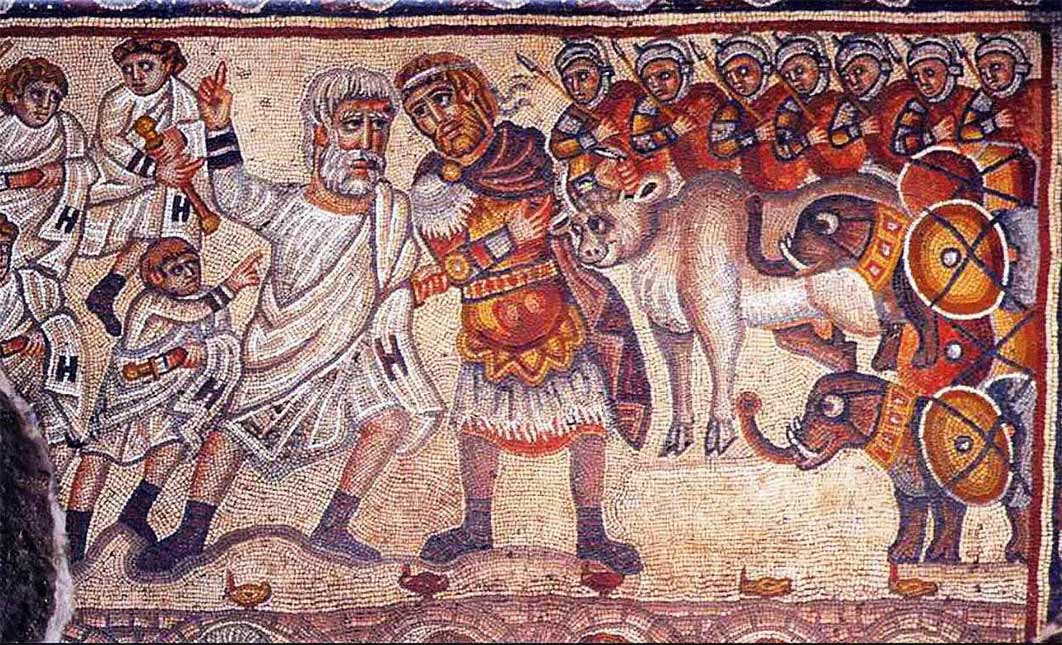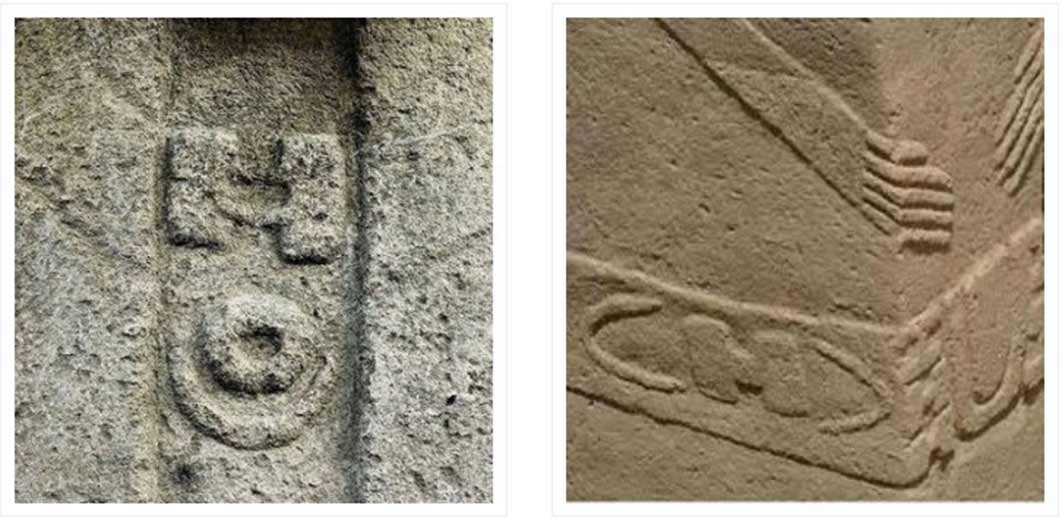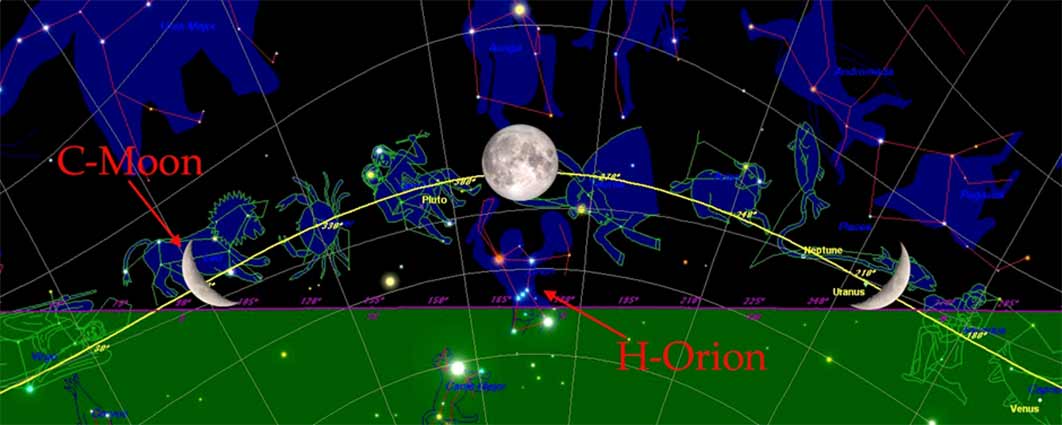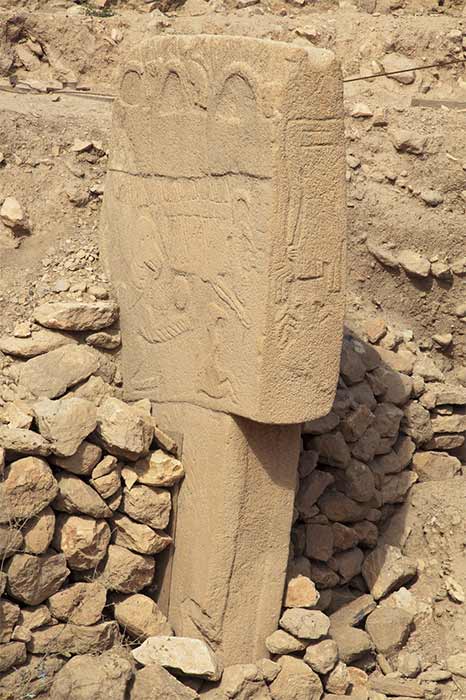
The Enigmatic H-Symbol Linking Gōbekli Tepe, The Priesthood And The Zodiac
Could the strange H-symbol on the tunics of first century Jewish high priests of the Temple of Solomon in Jerusalem resonate with the similar H-symbol, that was deemed sacred almost 10,000 years prior by the priesthood of Gōbekli Tepe, considered the first temple of humankind? In addition, at Gōbekli Tepe, the H-symbol is often bracketed by two opposing C-symbols. It has been suggested that the Gōbekli Tepe C-symbols represent the Crescent Moon, because a C-Moon symbol is clearly represented elsewhere on these pillars. The Crescent Moon and Sun symbol found at Gōbekli Tepe were extensively used by the later Persians and Phoenicians. The equally enigmatic ‘handbag’-symbol from Gōbekli Tepe was also widely used in Persia, indicating that these very ancient symbols were maintained and adopted into later religious symbolism. So perhaps the H-symbol could indeed have remained sacred for millennia, to become a central component of first century Judaism.

The Sun-Moon symbols at Gobekli and the H-symbol bracketed by C-symbols at Gobekli. (Image: © Alistair Coombs)
The Crescent Moon Bracketing the H-Symbol - Orion
If the C-symbol represents the Crescent Moon, the question arises, what might the H-symbol symbolize? Is it possible that the H-symbol may represent the outline of the constellation of Orion, which can indeed be viewed as an H-shape? Unfortunately, due to the precession of the equinox, Orion would barely have been visible from Gōbelki Tepe at the time of its construction, as it was much lower in the sky in that era and only just about rose over the horizon at midnight by the end of September. So, the megalithic temple would indeed have had to be located on the top of a hill in order for Orion to be observed from it. However, visibility restrictions aside, the Crescent Moon can indeed be seen to bracket Orion on September 30, 9500 BC in the same manner as the Gōbekli Tepe depiction. Although the bracketing would not be quite as close as is shown on the megaliths, the Crescent Moon can widely bracket Orion over a 14-day period.

The planisphere (9500 BC) plotting the 14- day period of the Crescent Moon – (the Moon is obviously not to scale). The Crescent Moon C-symbols are spaced to the east and west, with the H-symbol of Orion in the due south position in the September night sky. (Image: © Ralph Ellis)
The C-Moon symbols do indeed face towards H-Orion just as they do on the megalithic stones. So, it is quite possible that the Gōbekli Tepe priesthood were depicting this cosmic conjunction in the night sky, as could be seen from the hill at Gōbekli Tepe.
First Century H-Symbol In Jerusalem
The question remains: Were the Jerusalem priesthood still depicting Orion as an H-symbol on their tunics, many thousands of years later? Actually, this is entirely possible. The Persians were still using the Gōbekli Tepe ‘handbag’ symbolism many years later, so these traditions can indeed endure to span millennia. The Jerusalem priesthood were indeed interested in the constellations and the zodiac, as the many ancient synagogues decorated with zodiac mosaics demonstrate. The magnificent Nazarene zodiac at Hamat Teverya on the Sea of Galilee, is a testament to the enduring sacredness of the zodiac and cosmos within Nazarene Judaism.

Pillar 43 from Gōbekli Tepe in Turkey shows three ‘handbag’ carvings along the top. ( view




